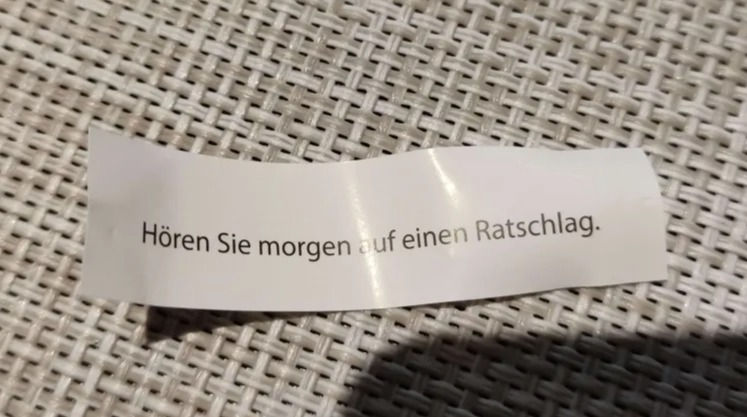Let’s create a tabletop! … Sure, but it has to come with pandas!
- The Gamebreakers

- Feb 8, 2024
- 3 min read

Back then, I didn’t quite take Bernhard's request seriously... because, come on, where do you even start with designing a tabletop system? A two-hour car ride later, we had the first ideas for the world we wanted to create. A week afterward, we had set out ground rules for designing the game, which surprisingly had to be a bit more fleshed out than just "has to have pandas." Three weeks after this fateful car ride, we had our first test game for what would become "Shroudfall" as you know it today.

As you may assume by now, Bernhard can be quite persistent when he gets an idea into his head. Or maybe it was the fortune cookie I got the day before; we will never know.
Let’s take a look at the guidelines we set for ourselves back then:
1. One extra-large Skirmisher to go, please
From the very beginning, we were sure that we wanted to create something between a skirmisher and a lower mass system, aiming for around 20 models for a standard faction in the game. Skirmisher systems have a ton of advantages: shorter playtime, easier transportation, lower cost of getting into the game, more time to paint each individual model, and so on.
2. It has to look great on the table
While skirmishers have many advantages, they sometimes struggle with one aspect: looking impressive on the battlefield. There is just something about large armies marching over the battlefield or giant dragons dominating the table. So, we set about solving this issue.

Firstly, fewer models on the battlefield enable you to scale up each individual model. So, we usually design models around 20% larger than the industry average, while still retaining the usual base sizes of 32mm up to 50mm. This enables us to create awesome-looking warrior models, as well as larger models, that look stunning on the battlefield.
Secondly, terrain makes every battlefield look great. This is a bit harder to solve, as 2D terrain is practical and is often required for tournament play. Still, we set ourselves the goal to make terrain relevant and enable players to build great-looking tables. Which leads us to...
3. Make terrain relevant
We wanted players to truly think about the terrain that is put on the battlefield. Which terrain suits my army? How can I use terrain to my army's benefit or to my opponent's detriment? Maybe I also had a few too many tournament games where I arrived at my table and the terrain was set up in a way that just changed the complete course of the game.
Basically, we wanted players to have control over the battlefield they play on. Therefore, terrain in Shroudfall is part of your army list, and you create the terrain on the battlefield together with your opponent directly before the game starts.
This already leads to strategic decisions in list building by aligning your terrain with the playstyle of your army and then enables you to influence the battlefield by cleverly placing your terrain pieces.
4. Scenarios: Expect the unexpected

The same applies to scenarios in Shroudfall. They are part of your list, and you can align your choice with the needs of your specific army.
Each player includes three scenarios in their list, and directly before the game, you determine with your opponent which scenarios will be played – one from your list, one from your opponent's.
This leads to 56 different combinations of scenarios, which, together with the player's terrain placement, creates a wide variety of challenging situations.
5. Interactivity through alternating activations
You know what's not fun? Waiting 40 minutes for your opponent to take half of your army off the board, without having any chance to react or actually do anything besides sometimes rolling a saving throw.
From the very beginning, we were clear on this – we wanted to design an alternating activation system, meaning one player activates one unit, then the other player gets to activate one, and so on. Constant interaction and the need to adapt your plans on the fly if your opponent makes an unexpected move.
I lovingly call this “there’s always something…"

Stay tuned for more infos on everything regarding Shroudfall and check out the Shroudfall Discord Server to discuss everything you want to know about Shroudfall with us!
And as always … break the game!
Bernhard & Daniel


